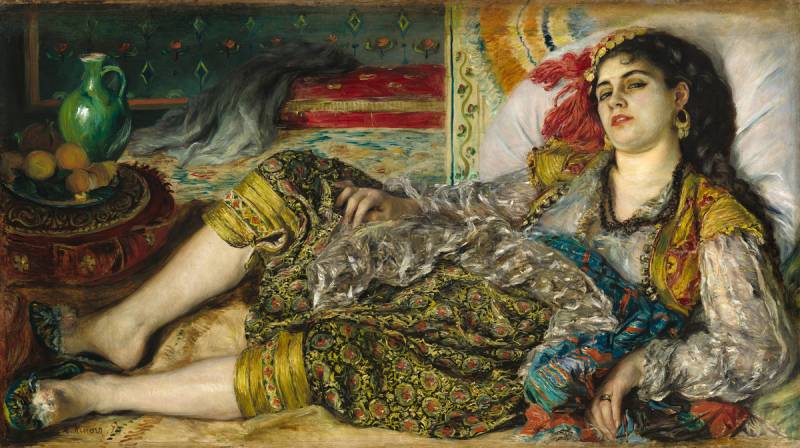
Auguste Renoir (French, 1841 – 1919), Odalisque, 1870, oil on canvas, Chester Dale Collection 1963.10.207
An odalisque is defined as a female slave or concubine and was a popular theme within the Orientalist art movement in the 18th and 19th centuries. Prior to this, women were depicted nude in religious works only, but with the rise in globalization and fascination with other cultures, artists began to depict subjects and themes that appealed to their audiences.
After Napoleon’s occupation of Egypt from 1798-1801, Europe was exposed for the first time to information about life in the East. This led to an obsession with art, architecture, literature, and food from the what is modern day Turkey, Greece, the Middle East and North Africa.
The Odalisque as a subject was initially created from male fantasy. Often portraying the “secret life” of its female subjects, these paintings show the female slaves in isolation, languishing in opulent surroundings, enjoying their life of ease. They’re often seen in repose in various stages of undress, alone or with a clothed attendant and surrounded by luxurious Eastern decor.
These scenes were created from the imagination of the painter as many of them had never seen the Middle East, let alone a harem or concubine. With time, the subject of the Odalisque became an opportunity to depict the nude female form.
I’ve collected some of my favorite examples, but I hope you’ll continue to explore and find some of your own!
For further reading on the subject, check out the links below:
http://ahuskofmeaning.com/2011/06/the-odalisque-celebration-of-the-female-form-or-misogyny/
https://kb.osu.edu/dspace/bitstream/handle/1811/32089/1/Ziegenfuss%20Paper.pdf


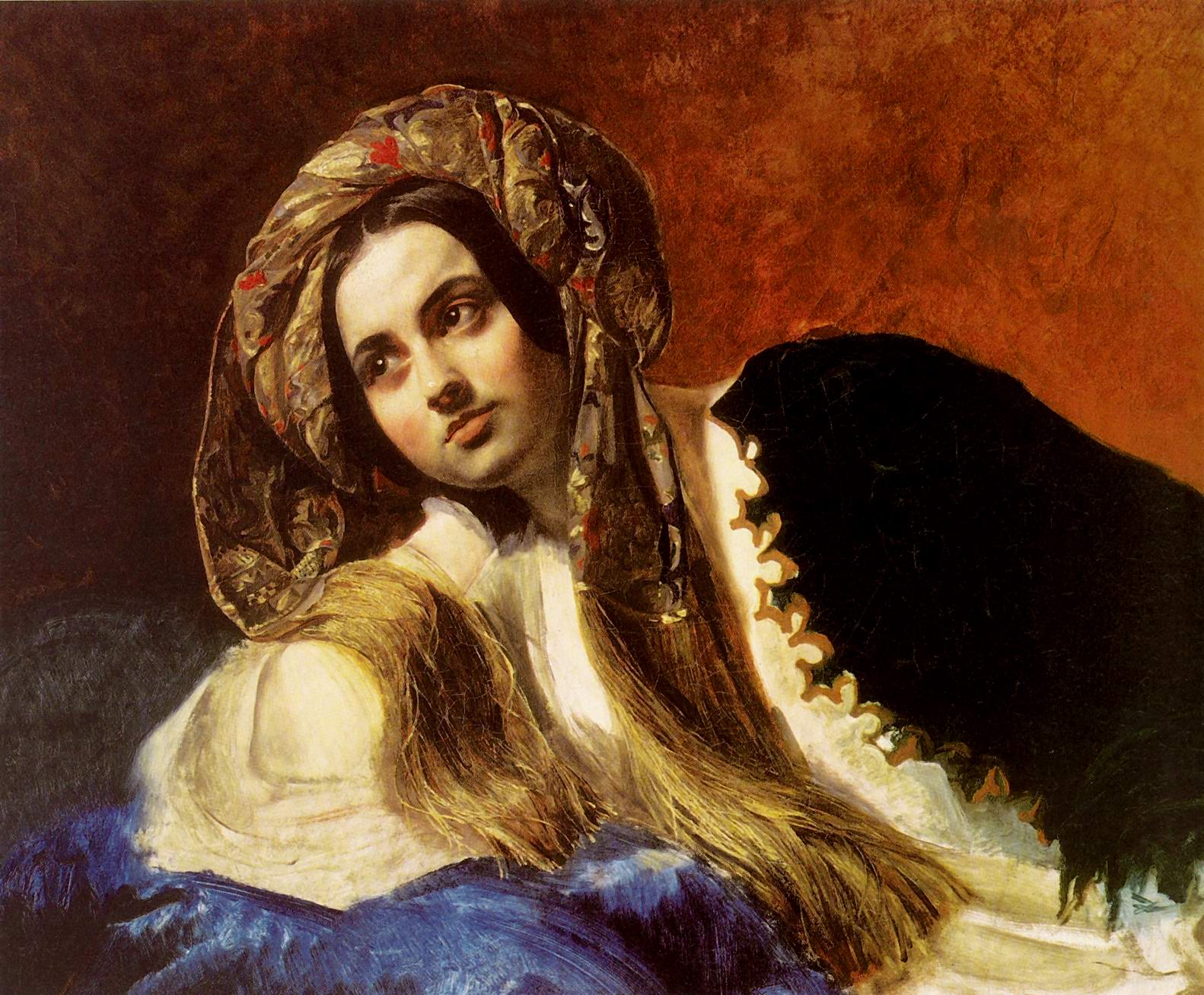
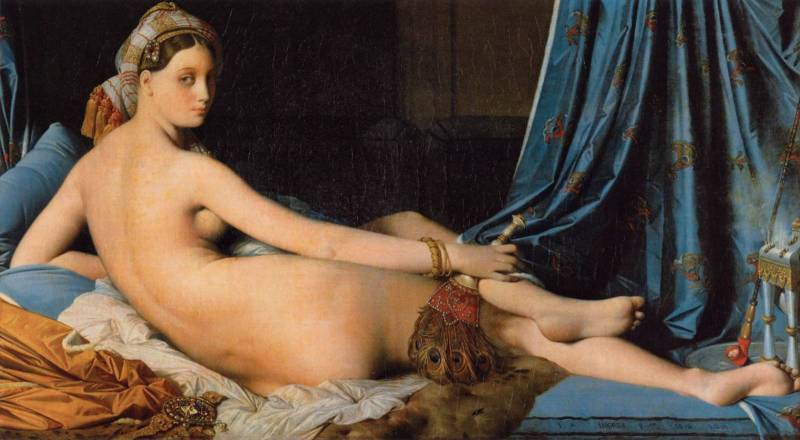

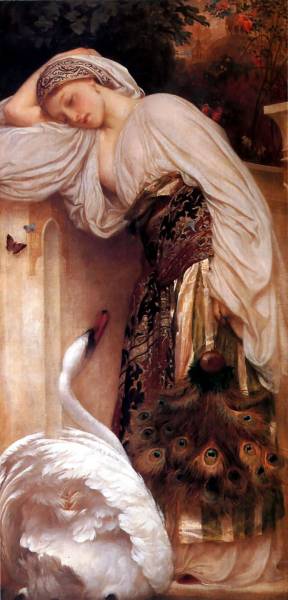

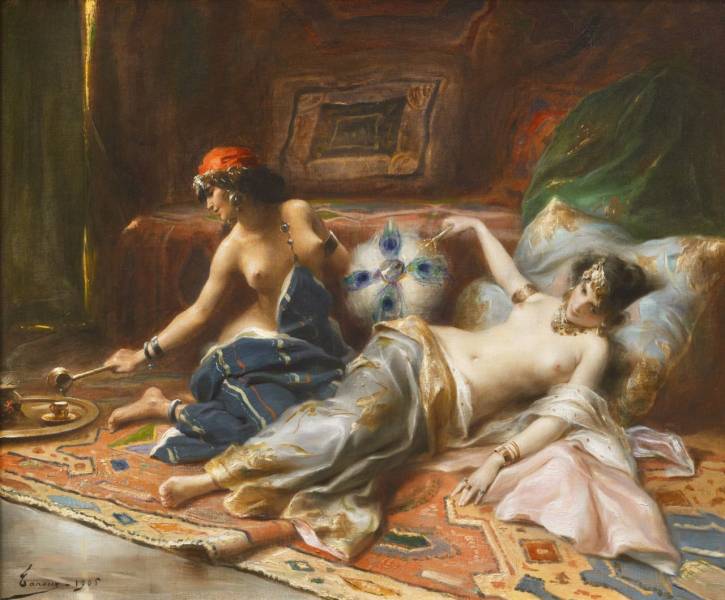
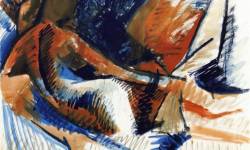

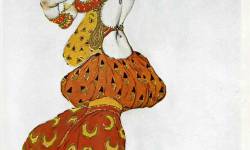

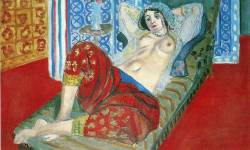
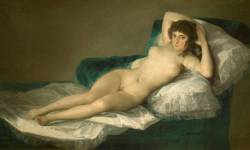
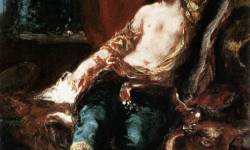
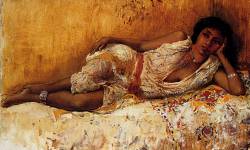



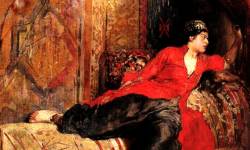
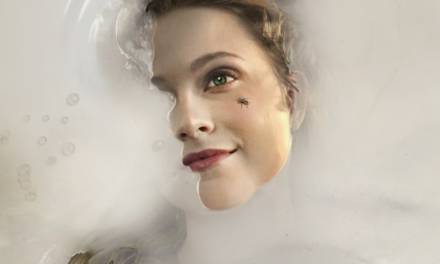
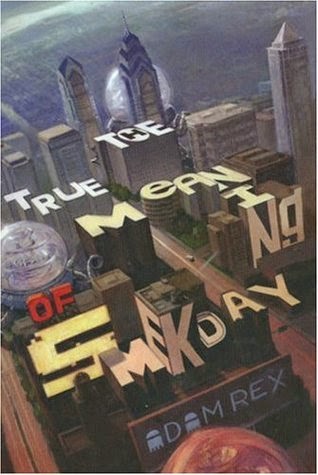
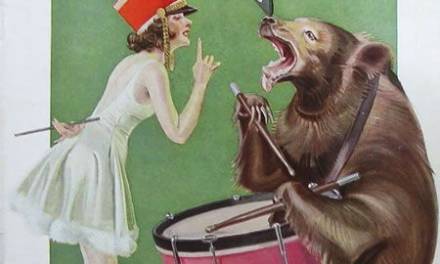
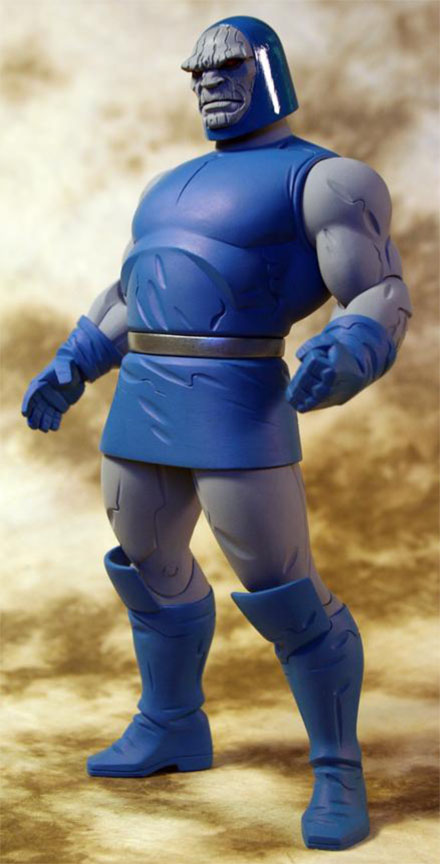
Recent Comments